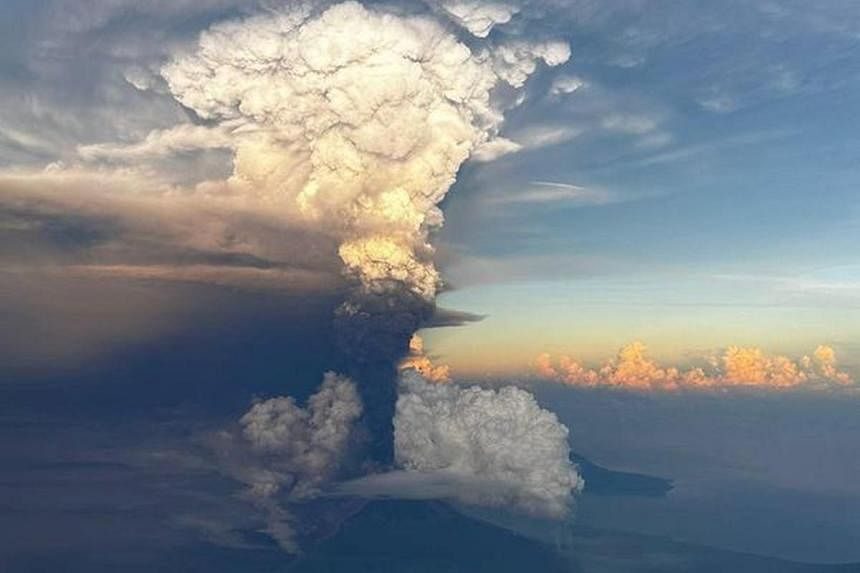
Mount Ulawun on the island of New Britain in Papua New Guinea erupted at around 3:30 p.m. (0630 GMT) Monday, spewing volcanic smoke as high as 15,000 meters (50,000 feet), the agency said, quoting the Volcanic Ash Advisory Center in Darwin, Australia.
The agency said it was assessing a possible impact, including the risk of a tsunami approaching Japan later Monday. First tsunami waves could reach Izu and Ogasawara islands about three hours after the shaking caused by the eruption, JMA said.
The agency has not issued any tsunami advisory or warning. It said that no notable change to sea levels has been detected at observation sites in and outside Japan.
Papua New Guinea's Geohazards Management Division said Ulawun's volcanic activity started Monday afternoon. The eruption is expected to continue indefinitely, it said, and raised the volcano's risk level to the highest stage of four.
Ulawun is one of the most active volcanoes in Papua New Guinea, which sits on the Pacific "Ring of Fire," the arc of seismic faults around the Pacific Ocean where much of the world's earthquake and volcanic activity occurs. Ulawun has repeatedly erupted since 1700s, and had a last major eruption in 2019.
Geoscience Australia, a government agency, said there was no tsunami warning for Australian waters. The Hawaii-based Pacific Tsunami Warning Center did not issue any warning.
JMA, however, urged coastal residents to stay cautious in case of a delayed tsunami. It said it could not immediately predict a possible size of the waves.
AP



Reader Comments
to our Newsletter